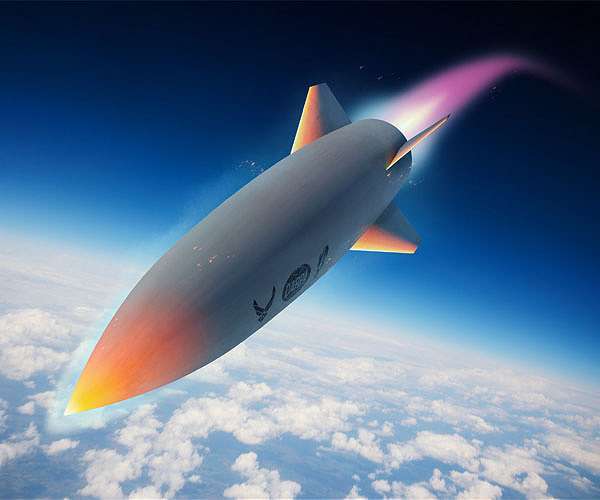24.11.2023

The U.S. government, in collaboration with private aerospace companies, has made substantial investments in hypersonic research and development. Initiatives like the Defense Advanced Research Projects Agency's (DARPA) hypersonic programs and NASA's hypersonic research projects underscore the nation's commitment to driving progress in hypersonic technology.
A recent report titled "Hypersonic Flight Market by Vehicle Type (Hypersonic Aircraft, Hypersonic Spacecraft), Industry (Military, Space, Commercial), Component (Propulsion, Aerostructure, Avionics) and Region (North America, Europe, APAC, RoW) - Global forecast to 2030" has been published by ResearchAndMarkets.com. The report projects the hypersonic flight market to grow from USD 782 million in 2023 to USD 1,154 million by 2030, at a Compound Annual Growth Rate (CAGR) of 5.7%.
This comprehensive analysis aims to equip stakeholders with critical insights into the hypersonic flight industry, focusing on the market's competitive landscape and enabling strategic business decisions. It assesses various market dynamics, including drivers, restraints, challenges, and opportunities, offering a well-rounded perspective of the market's trajectory.
Technological advancements are at the heart of the hypersonic flight industry's growth. Notable progress in materials science, propulsion systems, aerodynamics, and avionics has significantly reduced barriers, enhancing the safety and performance of hypersonic vehicles. The United States, leveraging its extensive aerospace and defense technology heritage, has become a central player in this field. The collaboration between the U.S. government and private aerospace firms, as highlighted by initiatives from DARPA and NASA, underscores a robust commitment to advancing hypersonic technology.
Key industry players, including Leidos (US), Hermeus (US), Rolls-Royce (UK), Dassault Aviation (France), The Boeing Company (US), Raytheon Technologies Corporation (US), and BAE Systems Plc (UK), are extensively profiled in the report. This in-depth assessment covers market shares, growth strategies, and service offerings, providing a clear picture of the competitive landscape.
The space industry is projected to be the largest segment by industry during the forecast period. Hypersonic flight is poised to revolutionize space exploration and commercial space activities. Its transformative potential lies in offering rapid, reusable access to space, addressing the need for cost-effective and frequent space missions. The ability to swiftly transport payloads to orbit aligns with the growing demands for satellite services and space-based connectivity.
Hypersonic aircraft, categorized as the fastest-growing segment by vehicle type, are increasingly being recognized for their speed and maneuverability. These attributes are particularly relevant in military and defense sectors, where they provide rapid, unpredictable, and precise strike capabilities. Additionally, the commercial aviation sector is exploring hypersonic passenger aircraft, promising to revolutionize air travel by drastically cutting down intercontinental flight times.
In the component segment, hypersonic avionics are anticipated to experience the highest growth. The extreme conditions of hypersonic flight, including high velocities and temperatures, necessitate sophisticated avionics for safety, precision, and functionality. These systems are crucial for real-time data analysis, navigation, guidance, and control, essential for the successful operation of hypersonic vehicles.
In conclusion, the hypersonic flight market is on a trajectory of substantial growth and transformation, driven by technological advancements and increasing interest from various industry sectors. As the market evolves, stakeholders will need to stay informed and adapt their strategies to leverage the opportunities presented by this dynamic and rapidly developing field.
Quelle: SD

